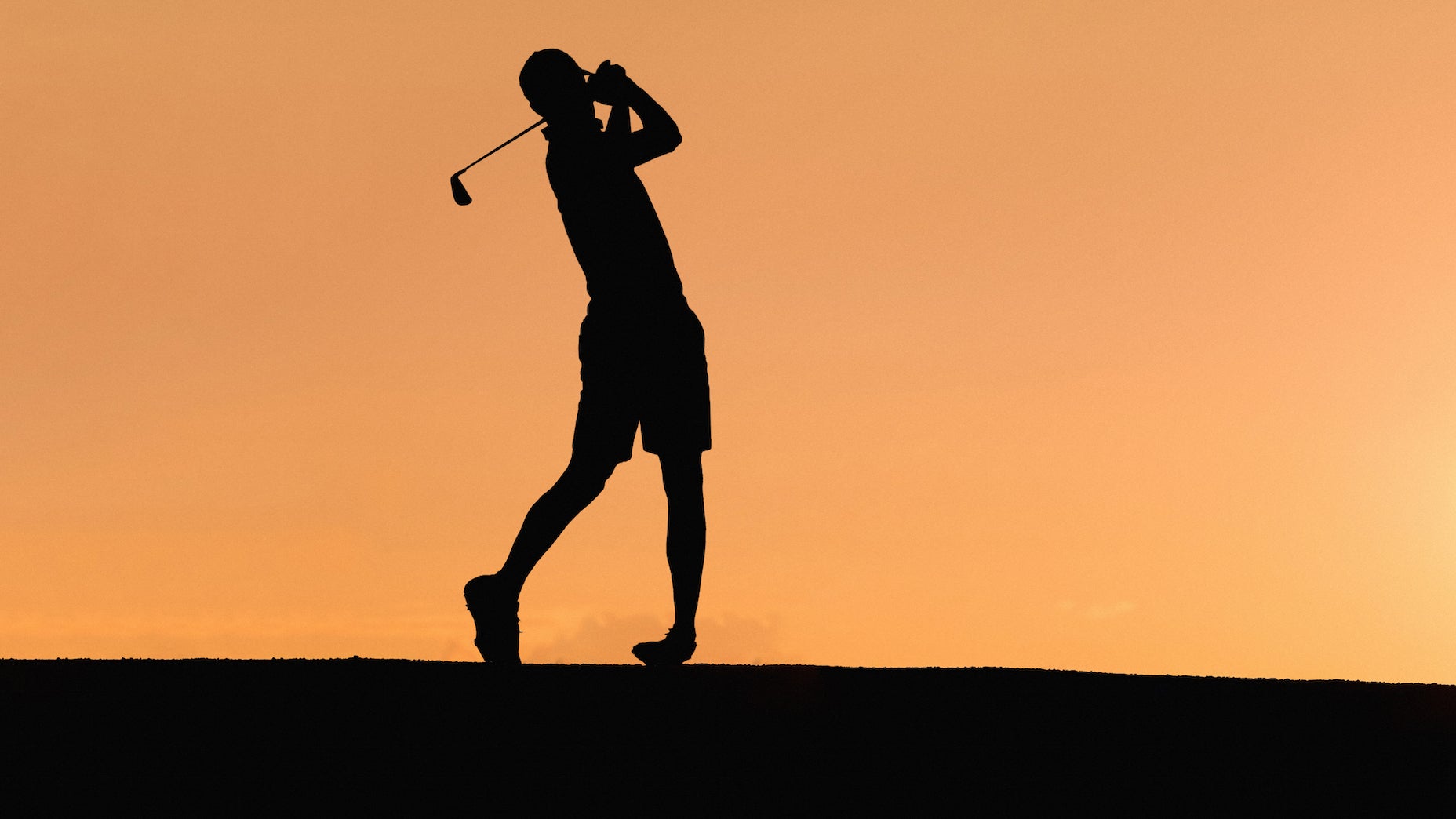We’ve all heard how important a club fitting is to improving your golf game and optimizing performance on the golf course. Science aside, common sense says that a golf club and shaft that fits your swing perfectly would be better than a random golf club off the rack.
When is the right time to get a professional club fitting, though?
On GOLF’s recent Fully Equipped podcast – our weekly podcast that focuses on golf equipment-related topics – this exact fitting question arose during a discussion about “feel versus real.”
Golfers are fickle creatures. We’re always working on something, and reacting to our recent mishits. If you hit enough duck hooks in a row, at some point you’re going to make a compensation to try and hit a fade. It’s only natural.
During range sessions off the course, or during lessons with an instructor, it’s not uncommon that the “range swing” and the “course swing” look quite different. That’s because on the range we’re hyper focused on making improvements or changes, and on the course we’re more concerned with hitting the ball where it needs to go.
When you go into a club fitting, however, what swing should you use: the more natural on-course golf swing, or the swing you’ve been working on during range sessions to reduce your common miss?
According to Kris McCormack, True Spec Golf’s VP of Tour and Education, performance on the golf course is the most important factor. As an expert fitter, he’ll combine what patterns he sees from the golfer during the fitting with what the player actually sees on the golf course.
“A lot of it comes down to a Q&A [with the golfer] about what they see on the golf course,” McCormack said. “If they say ‘I hit draws and I miss it consistently left on the golf course,’ and here we are in the fitting, and all I’m seeing is a fade; if the motion says [the golfer] hits a draw, and they’re just losing the face in an indoor environment, I’ll typically take the player’s word for it. They know their game a lot better than I do in this short little snapshot that I get to see their swing…I will fit clubs to the angles that they create, and if they happen to be losing the face a little bit indoors, or losing the face during the fitting, but they are confident in the fact they have a particular miss that I’m just not seeing, I will accommodate that particular miss that they’re seeing and try to take them down a direction that helps guard against that miss.”
That’s why a huge mistake that a golfer can make before going into a club fitting is to not play any golf on the course beforehand. Going in completely cold after months of not playing golf may not give you the best return on investment.
Being a range rat can certainly help you make technical improvements, but golf scores are recorded on the actual course. As such, the goal with club fitting is to optimize performance on the course itself.
The best way to prepare for a club fitting is to play at least a round or two on the golf course to become cognizant of your common current miss. That way, you can relay that information to the fitter and make real-world improvements.
If your goal is to improve your scores with a club fitting, make sure to properly prepare by playing golf with your current set. Hopefully there are no moans or groans here; playing golf has to be the most fun homework assignment of all time.
Want to overhaul your bag for 2021? Find a fitting location near you at GOLF’s affiliate company True Spec Golf. For more on the latest gear news and information, check out our latest Fully Equipped podcast below!
